The secrets of a 2,000-year-old burnt scroll
Researchers used artificial intelligence to 'virtually unwrap' ancient document

A charred scroll from the Roman town of Herculaneum has been digitally "unwrapped", allowing researchers to peer inside the ancient document after 2,000 years.
One word appears more than once in the text that's been deciphered so far, so experts have already been able to hazard a guess at the document's subject matter.
Crumbling papyri
The ancient scroll, which looks like a lump of charcoal, was charred by the volcanic eruption of Mount Vesuvius in 79AD. It's "too fragile to ever be physically opened", said the BBC. That delicacy was demonstrated when previous papyri "crumbled to dust" when researchers tried to open them, said The Guardian.
The Week
Escape your echo chamber. Get the facts behind the news, plus analysis from multiple perspectives.

Sign up for The Week's Free Newsletters
From our morning news briefing to a weekly Good News Newsletter, get the best of The Week delivered directly to your inbox.
From our morning news briefing to a weekly Good News Newsletter, get the best of The Week delivered directly to your inbox.
The latest scroll has been taken to a gigantic high-intensity X-ray facility in Oxfordshire, where electrons were "accelerated to almost the speed of light" to produce an X-ray beam powerful enough to "probe the scroll without damaging it", said The Independent.
Artificial intelligence can detect the ink without opening the scroll, although this is "easier said than done", said the BBC, because the papyrus and ink are both made from carbon and are "almost indistinguishable from each other".
When the document was virtually unrolled on a computer, several columns of text were revealed. One word in the Ancient Greek text, διατροπή, means disgust, and appears twice within a few columns.
Human connection
The team are delighted with the initial results. Project leader Stephen Parsons said the researchers are "confident we will be able to read pretty much the whole scroll in its entirety".
A free daily email with the biggest news stories of the day – and the best features from TheWeek.com
Parsons is the head of Vesuvius Challenge, an international competition for experts who are trying to unlock Herculaneum scrolls. Last year, Youssef Nader in Germany, Luke Farritor in the US, and Julian Schilliger in Switzerland, won the competition’s $700,000 (£558,000) grand prize after reading more than 2,000 Greek letters from another Herculaneum scroll.
That scroll is thought to have been written by the epicurean philosopher Philodemus. It "covered sources of pleasure, from music to food", and "explored whether pleasurable experiences" were derived "from the abundant or the scarce", such as the "minor or major constituents of a meal", said The Guardian. It's already thought that the scroll currently being studied in Oxford will cover similar philosophical topics.
Meanwhile, Nicole Gilroy, who supervises scrolls' care at Oxford's Bodleian Library, said she was enjoying "that connection with whoever collected them, whoever wrote them, whoever rolled those scrolls up and put them on the shelves", because "there's a real human aspect to it that I just think is really precious".
Chas Newkey-Burden has been part of The Week Digital team for more than a decade and a journalist for 25 years, starting out on the irreverent football weekly 90 Minutes, before moving to lifestyle magazines Loaded and Attitude. He was a columnist for The Big Issue and landed a world exclusive with David Beckham that became the weekly magazine’s bestselling issue. He now writes regularly for The Guardian, The Telegraph, The Independent, Metro, FourFourTwo and the i new site. He is also the author of a number of non-fiction books.
-
 A luxury walking tour in Western Australia
A luxury walking tour in Western AustraliaThe Week Recommends Walk through an ‘ancient forest’ and listen to the ‘gentle hushing’ of the upper canopy
-
 What Nick Fuentes and the Groypers want
What Nick Fuentes and the Groypers wantThe Explainer White supremacism has a new face in the US: a clean-cut 27-year-old with a vast social media following
-
 5 highly amusing cartoons about rising health insurance premiums
5 highly amusing cartoons about rising health insurance premiumsCartoon Artists take on the ACA, Christmas road hazards, and more
-
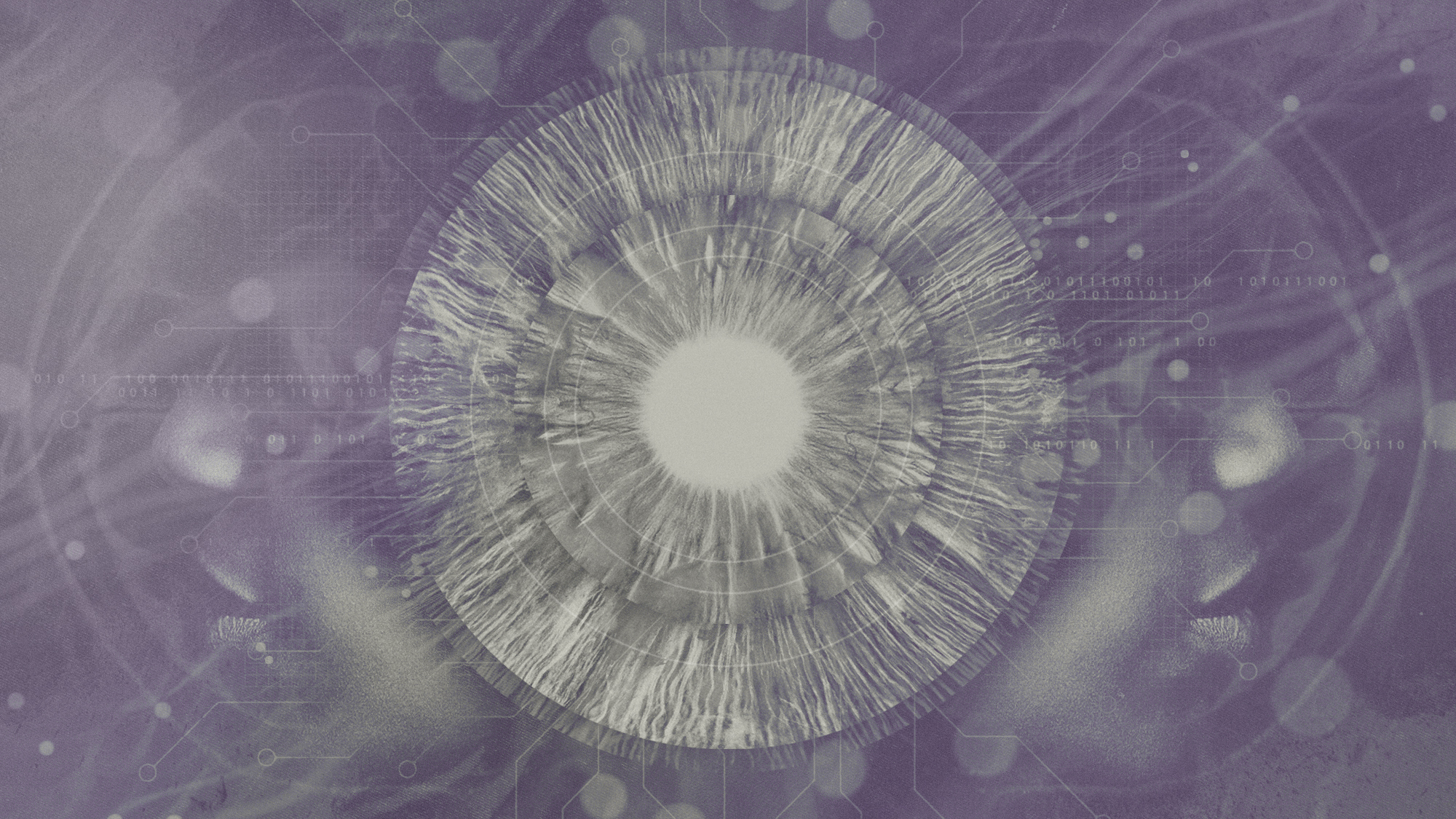 Have we reached 'peak cognition'?
Have we reached 'peak cognition'?The Explainer Evidence mounts that our ability to reason, concentrate and problem-solve is in decline
-
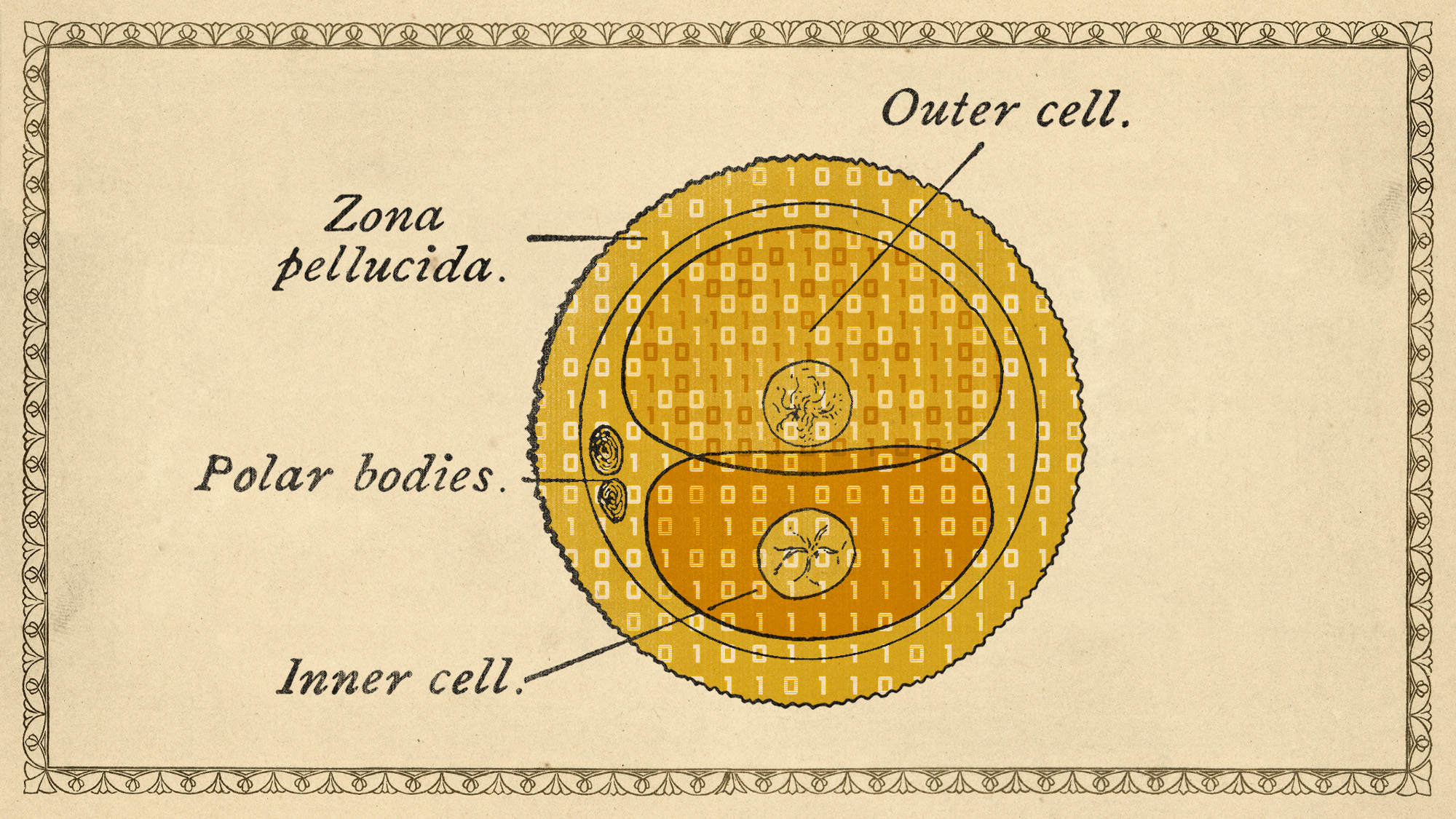 Scientists want to create an AI virtual cell
Scientists want to create an AI virtual cellUnder the radar Generative AI could advance medical research
-
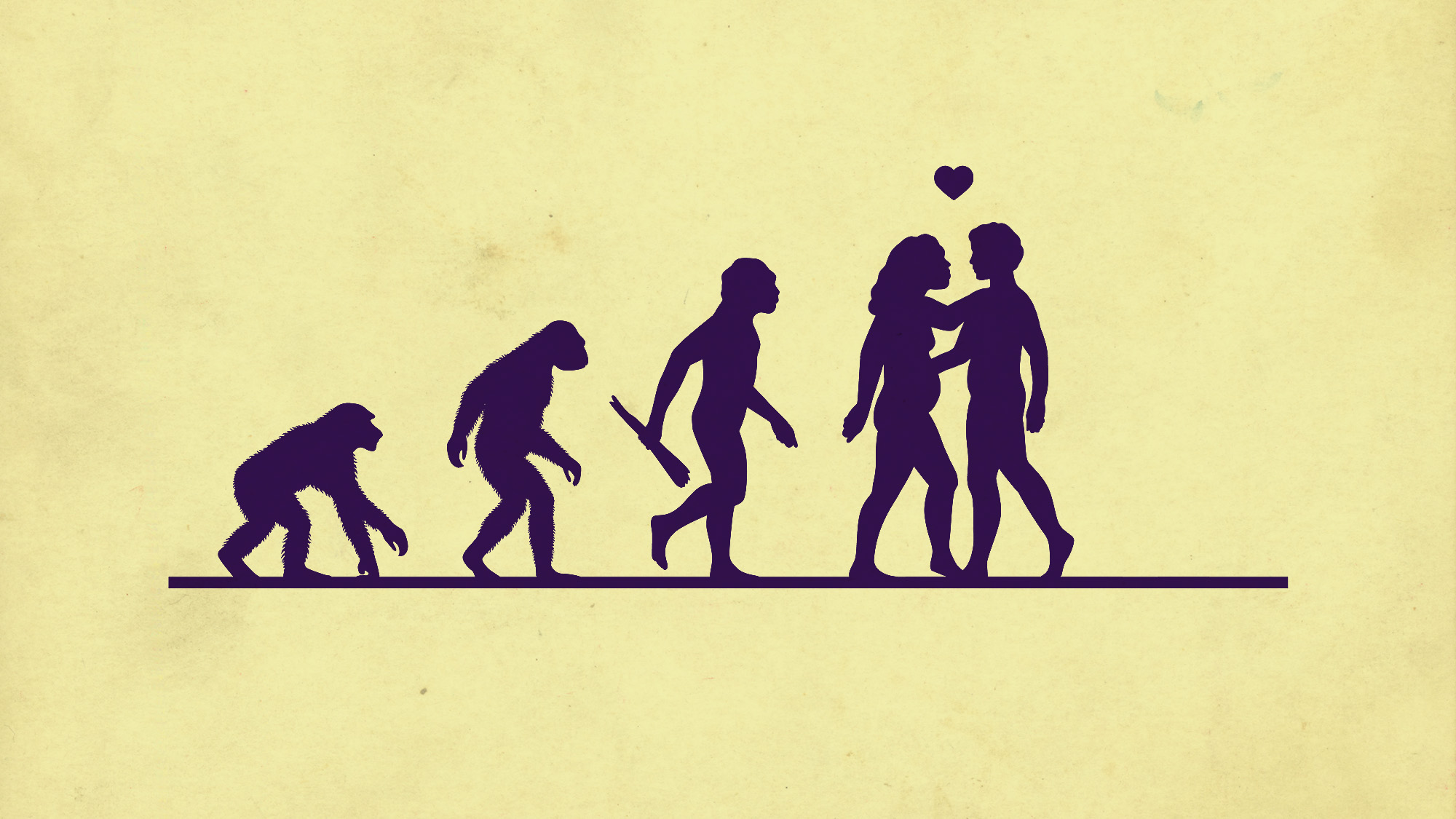 Scientists finally know when humans and Neanderthals mixed DNA
Scientists finally know when humans and Neanderthals mixed DNAUnder the radar The two began interbreeding about 47,000 years ago, according to researchers
-
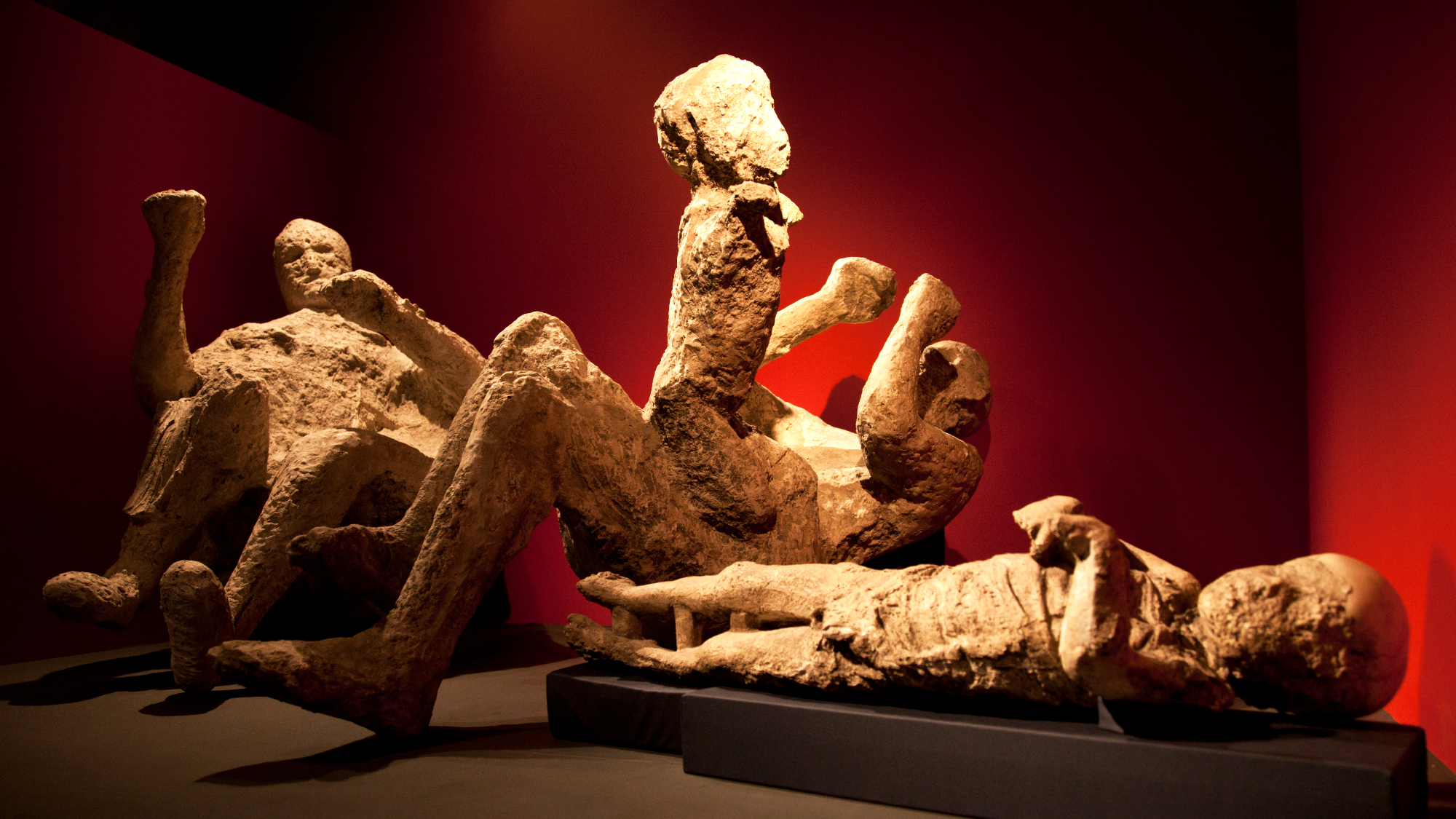 New DNA tests of Pompeii dead upend popular stories
New DNA tests of Pompeii dead upend popular storiesSpeed Read An analysis of skeletal remains reveals that some Mount Vesuvius victims have been wrongly identified
-
 How AI-generated images are threatening science
How AI-generated images are threatening scienceUnder The Radar Publishers and specialists are struggling to keep up with the impact of new content
-
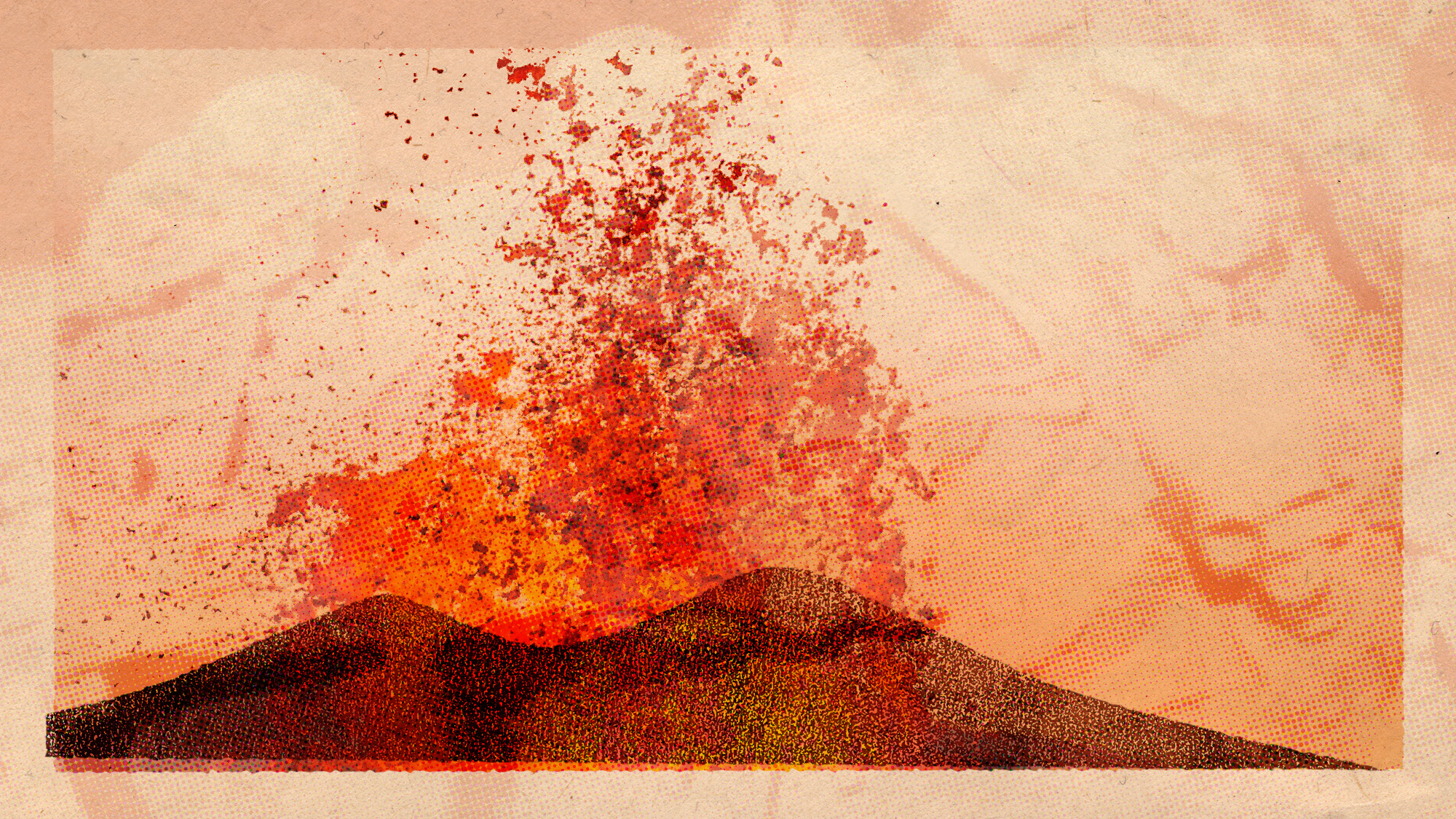 Recently discovered skeletons reveal new details about Pompeii
Recently discovered skeletons reveal new details about PompeiiUnder the Radar Earthquakes — not just a volcanic eruption — may have played a role in the city's destruction
-
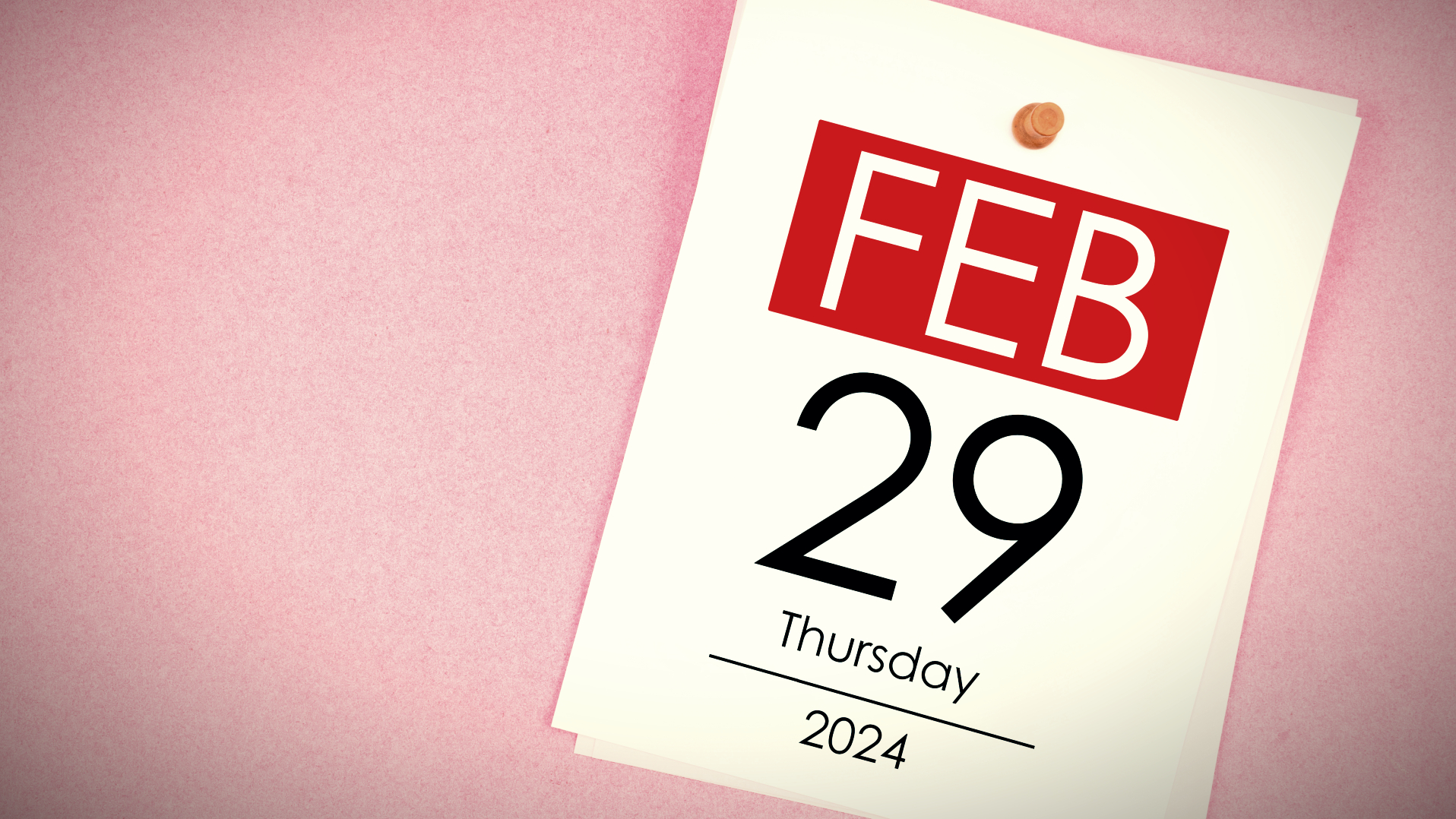 Why February 29 is a leap day
Why February 29 is a leap daySpeed Read It all started with Julius Caesar
-
 When Rishi met Elon: five things we learned from AI summit
When Rishi met Elon: five things we learned from AI summitThe Explainer AI will put an end to work and we should be wary of Terminator-style robots, says Musk